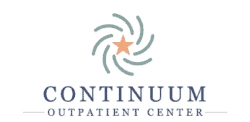What are the Most Addictive Drugs?
Written by our Ripple Ranch Recovery Center staff & reviewed by Dr. Jeffrey L. Butts and Crissy Clark, LCSW-S, EMDR – Executive Director
Understanding Addiction
Substance addiction is also known as substance use disorder (SUD) or drug addiction. It’s a chronic disease characterized by a person’s compulsive and harmful use of substances, despite the negative consequences that may result from such use.1
These substances can include drugs (both legal and illegal) and alcohol. Substance addiction involves both physical and psychological dependence on the substance.2

"The most addictive drugs exert their impact by manipulating neurotransmitter systems in the brain. Opioids, for instance, bind to receptors involved in pain regulation and reward, leading to euphoria and physical dependence. Stimulants like cocaine and methamphetamine elevate dopamine levels, intensifying pleasure and reinforcing addictive behavior. Nicotine activates the reward pathways through the release of neurotransmitters like dopamine. These chemical alterations create complex neurological adaptations, complicating treatment by necessitating comprehensive strategies to address both the physical dependence and the psychological aspects of addiction."
Dr. Butts Tweet
Learn More About Ripple Ranch Recovery Center
What are the Most Addictive Drugs?: Key Features of Substance Addiction
- Compulsive drug use: People with addiction struggle to control their substance use. They often consume more than intended.
- Cravings: Intense substance cravings are common. They’re triggered by stress, cues, or mere thoughts of the substance.
- Loss of control: Addiction leads to the loss of control over use, even when aware of harmful consequences.
- Physical dependence: For some substances, regular use leads to physical dependence. This results in withdrawal symptoms upon cessation.
- Tolerance: Over time, tolerance develops, requiring increasing amounts for the desired effect.
- Neglect of responsibilities: Addiction can lead to neglect of essential life duties like work, school, and relationships.
- Withdrawal symptoms: Attempts to quit lead to uncomfortable and sometimes dangerous physical and psychological withdrawal symptoms.
Treating Addiction
- Therapy
- Medication
- A combination of both
Overcoming Addiction
- Behavioral changes
- Support from healthcare professionals and loved ones
- Lifestyle modifications
Due to the complex nature of addiction, the answer to the question “what are the most addictive drugs?” is complicated.
What are the Most Addictive Drugs?: Criteria of Determining Addictiveness
Criteria for SUD
1. Impaired control: This includes using more of the substance than intended, difficulty controlling use, and continuing use despite negative consequences
2. Cravings: This includes experiencing intense urges to use the substance.
3. Physical dependence: This includes developing tolerance to the substance and experiencing withdrawal symptoms when use stops.
4. Social problems and risky use: This includes neglecting responsibilities, continuing use despite relationship problems, and using in dangerous situations.
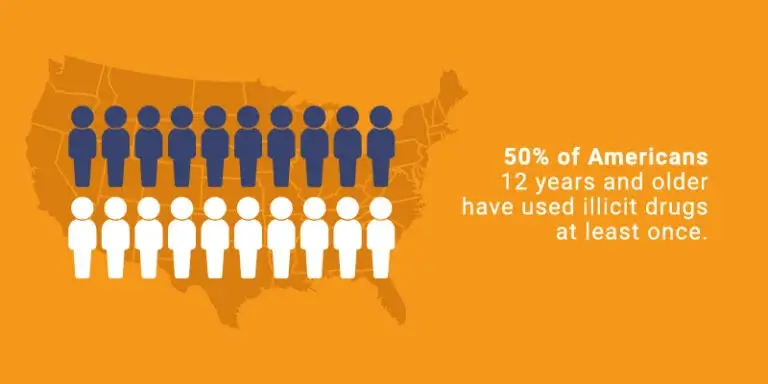
What are the Most Addictive Drugs?: The Addictive Potential of Different Substances
1. Opioids: Substances like heroin, fentanyl, and prescription painkillers are highly addictive. This is due to their powerful pain-relieving and euphoric effects.
2. Stimulants: Cocaine and methamphetamine are highly addictive stimulants. They can lead to rapid tolerance and severe withdrawal symptoms.
3. Nicotine: Nicotine found in tobacco products is addictive. Smoking is associated with high levels of physical and psychological dependence.
4. Alcohol: Alcohol can lead to physical dependence and withdrawal symptoms. It’s also highly reinforcing, leading to compulsive use in some people.
5. Benzodiazepines: Prescription drugs like Xanax and Valium are used to treat anxiety. They can lead to physical and psychological dependence.
6. Cannabis: While less addictive than some other substances, cannabis can lead to psychological dependence.
7. Hallucinogens: Substances like LSD and psilocybin mushrooms are often considered to have a low potential for physical dependence. But, they can lead to psychological dependence in some cases.
Mechanisms of Addiction
Physiological Mechanisms
- Eating
- Having sex
- Spending time with loved ones
The Dopamine Surge
Dopamine: A Closer Look
Psychological Mechanisms
- Stress and trauma: People who’ve experienced stress or trauma are more likely to develop addiction. This is because stress and trauma can lead to changes in the brain’s reward system and other neurobiological functions.
- Mental health disorders: People with mental health disorders, such as depression and anxiety, are also more likely to develop addiction. This is because mental health disorders can lead to self-medication with drugs or other addictive substances.
- Social factors: Social factors, such as peer pressure and exposure to drugs, can also contribute to addiction. People who are surrounded by others using drugs are more likely to start using drugs themselves.
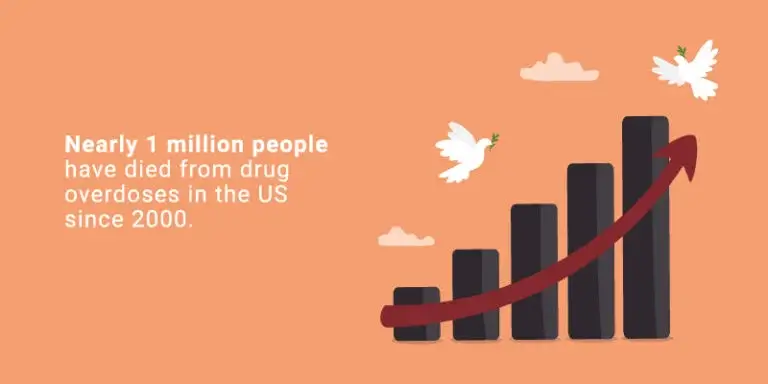
The Neurobiology of Addiction
First Stage: Binge/Intoxication
Second Stage: Withdrawal/Negative Affect
Third Stage: Preoccupation/Anticipation
"Treatment for individuals using multiple highly addictive substances requires a comprehensive and integrated approach. A thorough assessment of the patient's physical and mental health, along with an understanding of their substance use patterns, is crucial. A tailored treatment plan may involve a combination of medically assisted detoxification, behavioral therapies, and support groups. Addressing the complex interplay of multiple substances requires ongoing monitoring and adjustments to the treatment strategy to ensure a holistic and effective approach to recovery."
Dr. Butts Tweet
What are the Most Addictive Drugs?: Physical Dependence and Withdrawal Among Different Substances
"Substances such as opioids, including prescription painkillers and heroin, have presented significant challenges for individuals in recovery due to their highly addictive nature. Nicotine, commonly found in tobacco products, also poses a formidable barrier to cessation. Additionally, stimulants like cocaine and methamphetamines, as well as alcohol, contribute to substantial difficulties in achieving and maintaining recovery. Each substance has its unique physiological and psychological impact, necessitating tailored treatment approaches for effective and sustained recovery."
Dr. Butts Tweet
Benzodiazepines
- Anxiety
- Seizures
- Insomnia
- Increased heart rate
Alcohol
- Seizures
- Hallucinations
- Delirium tremens (which can be life-threatening)
Nicotine
- Irritability
- Anxiety
- Cravings
- Poor concentration
- Increased appetite
- Sleep disturbances
Stimulants
- Fatigue
- Depression
- Increased appetite
- Sleep disturbances
What are the Most Addictive Drugs?: Legal vs. Illegal Drugs
Alcohol
A Closer Look at Alcohol Addiction
Nicotine
Prescription Medications
Some prescription medications, such as opioids, benzodiazepines, and stimulants, can be highly addictive. This is especially true when they’re used outside of their intended medical purposes.
Contributing Factors to Addiction
Method of Administration
Frequency of Use
Individual Differences
- Genetics: Genetic factors can increase vulnerability to addiction. Certain genetic variations heighten susceptibility to particular drugs.
- Mental health: Pre-existing mental health conditions raise the risk of self-medication with drugs and addiction.
- Psychological factors: Coping strategies, personality traits, and social support influence addiction vulnerability.
- Age and developmental stage: Adolescents and young adults face heightened addiction risk due to developing brains.
- Environmental factors: Drug exposure, peer pressure, and living in drug-prevalent communities can contribute to addiction.
"Adolescents may exhibit signs of addiction differently than adults due to their developmental stage. In teens, signs may include academic decline, changes in peer groups, and neglect of responsibilities. Behavioral changes such as increased irritability, secrecy, and a decline in academic performance are common. Recognizing these distinctions is crucial for early intervention and tailored treatment approaches, considering the unique challenges adolescents face in the context of addiction."
Dr. Butts Tweet
Drug Specifics
Social and Cultural Factors
What are the Most Addictive Drugs?: Availability and Accessibility
- Accessibility: The ease of getting prescription drugs contributes to their addictive potential. Ready availability can lead to experimentation and misuse.
- Perceived safety: Prescription drugs are often perceived as safer due to their legitimacy. This can lead to underestimation of their risks and increased usage.
- Misconceptions: Some people believe prescription drugs are less harmful than illegal drugs. This leads to casual use that can result in addiction.
- Marketing and promotion: Aggressive marketing can lead to overprescribing, making these drugs more accessible.
- Supply and diversion: The presence of prescription drugs on the black market increases their accessibility for non-medical use.
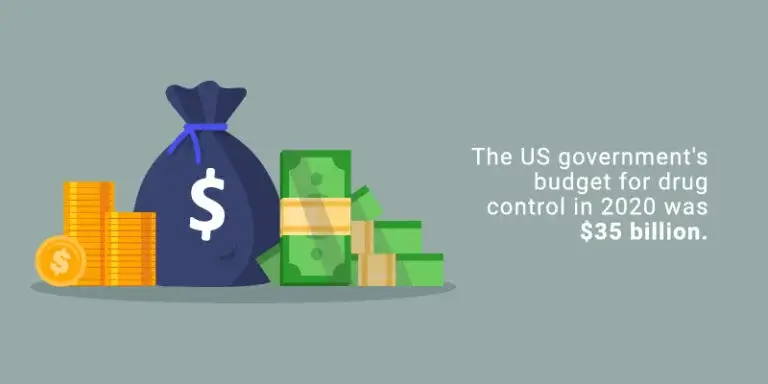
What are the Most Addictive Drugs?: Vulnerable Populations
- Age groups: Adolescents and young adults are at higher risk due to brain development and peer pressure. Older adults are more susceptible to prescription medication addiction.
- Gender: Men are prone to alcohol and illicit drug addiction, while women are at higher risk for prescription medication addiction.
- Genetics: Genetic variations can make some people more susceptible to drug addiction.
- Mental health: Those with mental health conditions may turn to drugs for self-medication, increasing their vulnerability.
- Socio-economic status: Lower socio-economic status can limit opportunities and lead to drug use.
- Family and social environment: Family history and a social environment that tolerates drug use can raise vulnerability.
- Community and cultural factors: High drug acceptance in communities and cultures can elevate addiction rates.
- Occupation and lifestyle: Certain jobs or lifestyles expose individuals to drug-prone environments.
- Peer pressure: Peer groups, especially during youth, significantly influence drug use and addiction risk.
Consequences of Drug Addiction
Physical Health Consequences
Organ Damage
- Liver (from alcohol or certain drugs)
- Lungs (from smoking)
- The cardiovascular system (from stimulants)
Infectious Diseases
Respiratory Issues
- Bronchitis
- Lung infections
- Lung cancer
Heart Disease
Neurological Damage
Gastrointestinal Issues
Psychological and Social Consequences
- Mental health disorders: Addiction often co-occurs with mental health issues such as depression, anxiety, and post-traumatic stress disorder (PTSD).
- Relationship strain: Drug addiction can strain personal and familial relationships. This leads to conflict, isolation, and a breakdown in trust.
- Economic consequences: Financial difficulties, job loss, and legal issues often result from addiction. This leads to a decline in well-being.
- Loss of ambition and aspiration: Addiction can diminish a person’s drive. This makes it difficult to set and achieve personal and professional goals.
- Legal problems: Many people with addiction face legal consequences, including arrests and incarceration. These can have long-lasting implications.
- Social isolation: As addiction takes hold, people may withdraw from social activities and isolate themselves.
Role of Early Intervention and Treatment
Prevention of Further Harm
Improved Recovery Outcomes
Support for Mental Health
Addiction treatment often includes addressing co-occurring mental health disorders, improving psychological well-being.
Rebuilding Relationships
Financial and Legal Support
Addiction treatment can provide resources and support to address financial and legal issues associated with drug addiction.
Education and Relapse Prevention
Community and Peer Support
"Treatment approaches vary based on the addictive nature of substances. For highly addictive drugs like opioids, medically assisted treatments, including opioid replacement therapies, are often integral. Behavioral therapies play a significant role across all substances, but the intensity and duration may differ based on the substance's addictive potential. Treatment for less addictive substances may focus more on cognitive-behavioral interventions and support systems, while highly addictive drugs may require more comprehensive and extended strategies to address both physical and psychological aspects of addiction. Individualized and multidimensional approaches remain crucial across the spectrum of substance use disorders."
Dr. Butts Tweet

Ripple Ranch Recovery Center – Addiction Treatment with Compassion and Support
We understand that addiction affects not only the individual but also their loved ones. Our approach involves evidence-based therapies, personalized treatment plans, and a supportive community.
Texas Addiction Recovery
- Alcoholism
- Alprazolam / Xanax
- Amphetamine
- Ativan
- Barbiturates
- Benzodiazepine
- Clonazepam / Klonopin
- Cocaine
- Codeine
- Hydromorphone
- Demerol
- Fentanyl
- Heroin
- Hydrocodone
- Ketamine
- Marijuana
- Methadone
- Morphine
- Oxycodone
- Oxycontin
- Phencyclidine
- Tramadol / Ultram
- Vicodin
Treatment Opportunities
- Art Therapy
- Cognitive Behavioral Therapy (CBT)
- Dialectical Behavioral Therapy (DBT)
- Dual Diagnosis Treatment
- Experiential Therapy
- Medication-Assisted Treatment (MAT)
- Motivational Interviewing (MI)
- Music Therapy
- Psychoeducational Groups, and more
Contact Ripple Ranch Today
If you have questions like “what are the most addictive drugs?”, we encourage you to reach out to us today to learn more about how Ripple Ranch can be the first step toward lasting recovery and healing. We’re here for you every step of the way.
Resources
- 1https://pubmed.ncbi.nlm.nih.gov/29098666/#:~:text=Substance%20addiction%20
- 2https://www.mayoclinic.org/diseases-conditions/drug-addiction/symptoms-causes/syc-20365112
- 3https://www.verywellmind.com/dsm-5-criteria-for-substance-use-disorders-21926
- 4https://studenthealth.ucsd.edu/resources/health-topics/alcohol-drugs/types-abused-drug.html
- 5https://onlinelibrary.wiley.com/doi/10.1111/j.1360-0443.2006.01706.x#:~:text=Stated%20generally%2C%20people%20use%20drugs,automatic%20addictive%20behaviors%20occur%20without
- 6https://www.ncbi.nlm.nih.gov/books/NBK526012/
- 7https://www.ncbi.nlm.nih.gov/pmc/articles/PMC6767400/




